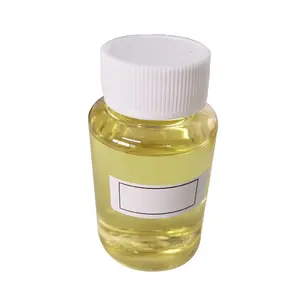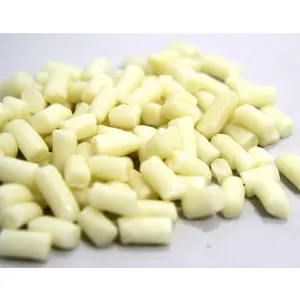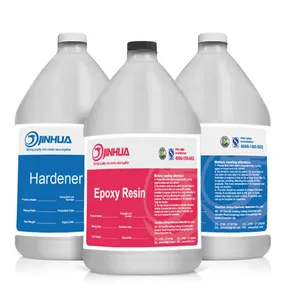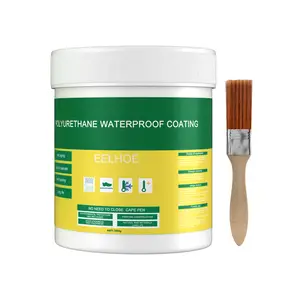Popular in your industry








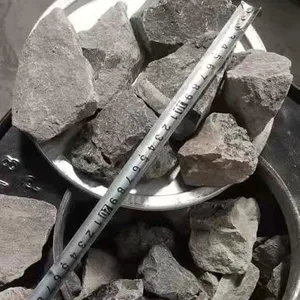































Top categories
About calcium carbide lamp fuel
Understanding Calcium Carbide Lamp Fuel
Calcium carbide lamp fuel is a specialized chemical compound used historically as a source of acetylene gas, which is employed in lighting. This type of lamp fuel was particularly popular before the widespread availability of electricity, and it remains in use for certain applications today. Calcium carbide, when combined with water, produces acetylene gas, which is then ignited to produce a bright flame.
Types and Composition
Calcium carbide lamp fuel comes in various grades, each suited to different lighting needs. The primary component, calcium carbide, is a solid that is typically gray in color and varies in size from fine powder to large lumps. The purity of the calcium carbide affects the efficiency of gas production, and thus the quality of light.
Applications of Calcium Carbide Lamp Fuel
While its use has diminished with modern lighting solutions, calcium carbide lamp fuel still finds its place in activities such as caving, mining, and camping. It is also used in antique carbide lamps for historical reenactments or as collectibles.
Features and Advantages
The fuel's ability to produce light without electricity is a significant advantage, especially in remote locations. It is also known for producing a warm, steady light that many find appealing. The lamps are simple to operate, and the fuel is relatively easy to store and transport.
Materials and Safety
Calcium carbide is a reactive substance, and safety precautions are necessary when handling it. It must be kept dry and stored in airtight containers to prevent unwanted reactions. The lamps themselves are typically made of durable materials like steel or brass to withstand the rigors of use.
Environmental Considerations
Modern environmental standards have led to a decline in the use of calcium carbide lamps due to the production of acetylene gas. However, in controlled settings and with proper handling, its impact can be mitigated. Users should always ensure proper ventilation when using these lamps.
Calcium carbide lamp fuel